Confession time!
As you probably know, I am anglophone. I grew up speaking English, in an English household, in an English community.
I fell in love with the French language in the sixth grade and never looked back, but I was taught completely in English up until grade seven.
(In grade six, I had the most amazing Core French teacher who completely opened my eyes to the French language and got me so excited to give learning a second language a go!)
Everything I was taught about reading, grammar, etc. as a child was in English.
Now that I am teaching 5-year-olds en français, I have to be sure I am teaching them the right things.
Most things are pretty evident, but not all!
For example… syllables!
English and French have different rules about syllables and when to divide a word into parts/how many parts are in a word.
Most of my students come from English-speaking homes as well, so I wanted to be sure I understood the rules correctly before trying to teach them.
And, it seems like not everyone is exactly clear on the rules for dividing words into syllables – even different resources/blog posts/etc say different things!
But guys, I LOVE rules, so I had to figure out exactly what French syllable rules are.
I did quite a bit of investigating on syllable rules and figured I might as well share them with you on my blog, so you maybe won’t have to spend as much time as I did trying to figure it all out!
Rules for dividing words into syllables
1 consonant between 2 vowels —> a new syllable
Anytime you have a word en français with a consonant between two vowels, the consonant is the start of a new syllable.
for example: a/vi/on (the first syllable is after the a because the v is between two vowels)
2 consonants between 2 vowels —> the first consonant is the end of one syllable, and the second one is the beginning of the next
Whenever a word has two consonants in between two vowels, you will “break” the word in between the consonants.
for example: dan/ser (the n is the end of the first syllable, and the s is the beginning of the second)
If a word has two of the same consonant together, the first one is the end of one syllable, and the second one is the beginning of the next
This was a new rule for me – I always assumed the consonants would stay together because they make the same sound.
But, nope! Break the word in between the double consonants.
for example: bal/le (double l, so one l is in each syllable)
If the first consonant is followed by an r or an l, then don’t separate them
for example: qua/tre (the t and the r stay together, even though there are two consonants between two vowels)
Not too complicated, hey?
Do your students still need help?
You can teach & practice these rules in TONS of ways with your students!
For example, these syllable puzzles will help encourage your students to say each part of each word as they put the pictures together.
(You can see the above puzzles right HERE in my TPT store.)
You can read some of my other suggestions in this blog post.
Of course, in maternelle, it might be a bit much to expect your students to be able to tell you the rules and for them to truly understand exactly how they work.
But, these rules can help you make sure you are teaching syllables correctly!
For example, as an anglophone, I always want to say that « balle » has one syllable, because in English, “ball” only has one, despite the double consonants.
But, according to the rules, there are actually two!
When you use these rules to guide you when teaching your students syllables, you will help train their ears to hear all of the sounds in the words they are trying to write.
A student is more likely to correctly write « balle » if they say it in two parts (bal/le) than if they say it in one. They will be likely to forget the second l and the e if they just say « balle », without breaking it in two.
Hopefully, if you’re an anglophone teacher teaching en français like me, you can now feel more confident knowing the rules for dividing words into syllables.
And, if you want to know even more, be sure to check out my FREE guide to teaching syllables en maternelle.
I took the information I got from all of my research and investigating about syllables, as well as instructions and ideas for some of my favourite no/low prep activities, and put it all together in an easy-to-follow guide.
I hope it will help prevent any other teachers who may have been taught in a different language from feeling uncertain about syllables in French, like I did!
It’s a 12-page FREEBIE full of information about syllables, ideas for teaching and practicing them in a variety of situations, and a game board and cards you can start using with your small groups right away.



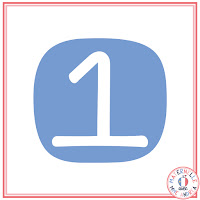
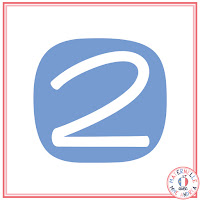
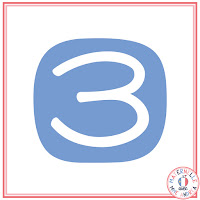
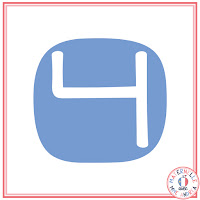
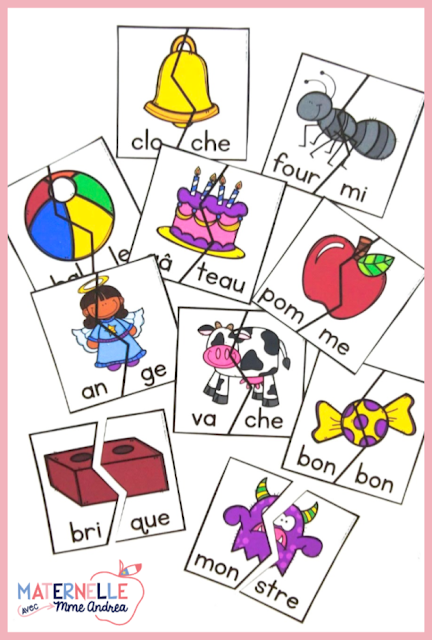
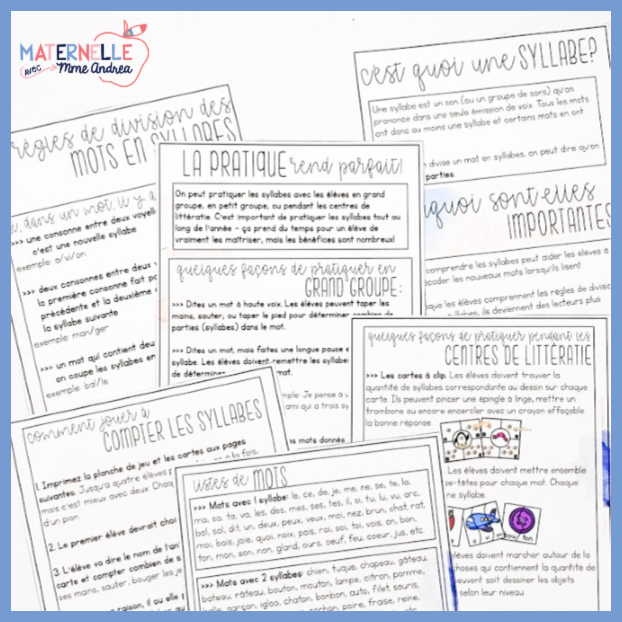
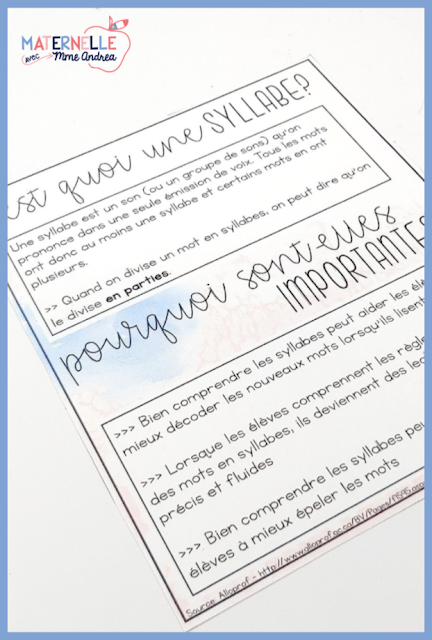
Coucou et bravo pour ton travail. C’est vraiment super de voir des personnes ultra motivés comme toi qui partagent leurs trucs et astuces avec les autres. Attention ici cependant car les règles de séparation des syllabes dont tu parles sont les règles orthographiques (par exemple si je dois aller à la ligne au milieu du mot pomme, je dois effectivement placer mon tiret entre les 2 m et l’ecrire pom-me) mais ça ne correspond pas aux règles phonétiques de séparations des syllabes. Phonétiquement on découpera pomme comme suit : po / mme (on ne prononce pas le son m 2 fois dans pomme) et balle : ba /lle ; allumer : a / llu / mer ; nourrir : nou / rrir ; comme : co / mme ; affamé : a / ffa / ménage, etc. Ces consonnes ne sont jamais prononcées 2 fois. Il vaut mieux ne pas mentionner les règles de séparation des syllabes orthographiques à es enfants de 5 ans ou même un peu plus grands qui apprennent à lire car cela peut porter à confusion et causer des problèmes de prononciation à long terme.
Merci!! J'écris un courriel présentement à mes « followers » et je vais leur dire :)
Autocorrection : Motivées* ; des enfants*
Exemple provenant d’une méthode de lecture pour les petits :
http://foxhollowfrench.weebly.com/uploads/2/0/3/7/20371335/02-taoki-danse-page-2_orig.jpg